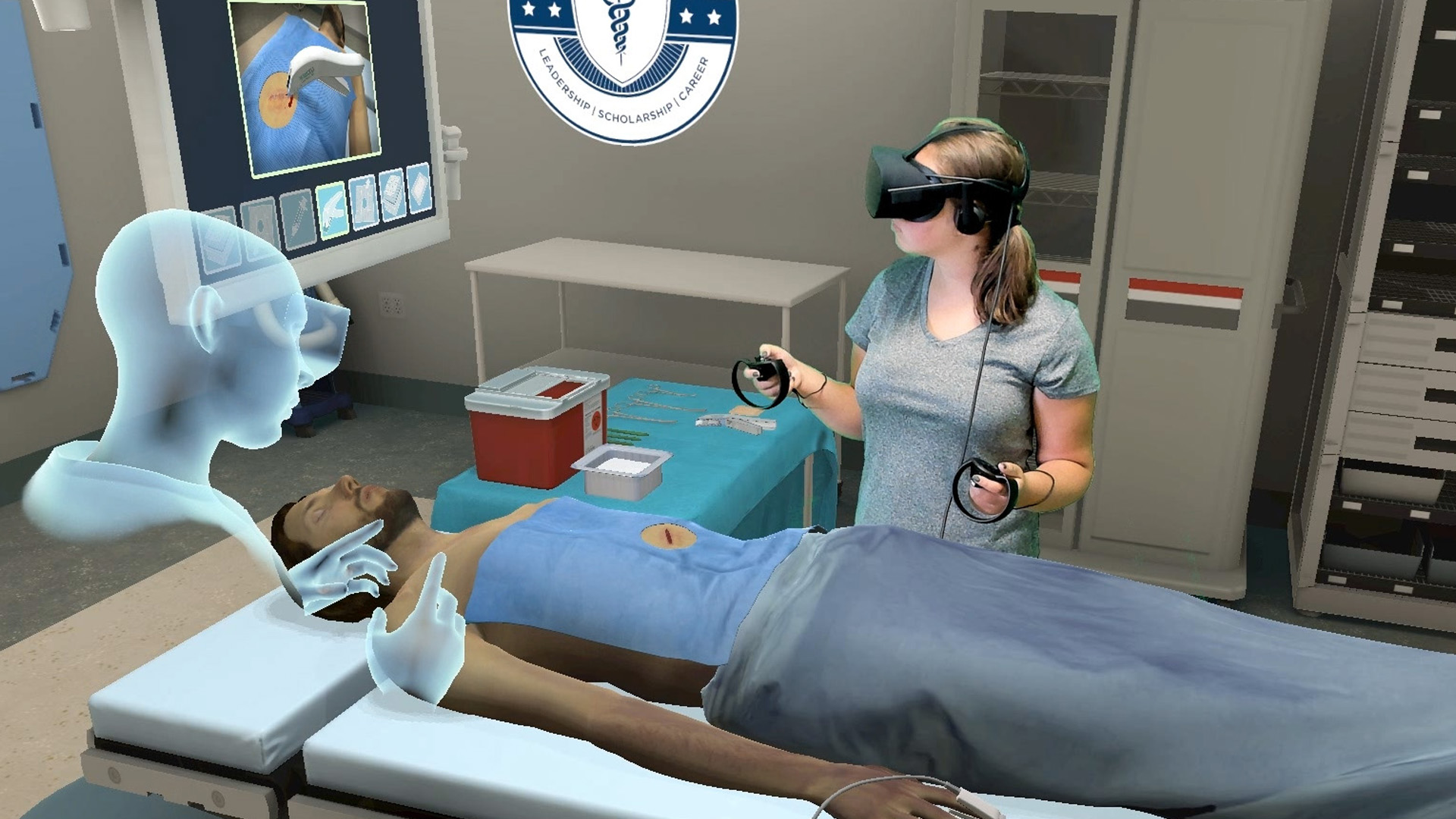Virtual Reality is a boon and a by-product of the Artificially Intelligent era that we are heading into. It offers a simulated and user-controlled environment where we could practically perform any activity without needing a full set of components or requirements physically. It’s an area where continuous research and development is taking place in the Computer Science domain.
Virtual Reality has been such a blessing for all domains, but a majority of the advantages are to be seen in the Medical Science domain, where it is being used to perform a lot of trials and experiments, which perhaps involves a lot of pain, money and discomfort if it were not for the Visual Reality.
In earlier cases, a lot of trials and errors of medicines, their side effects and methods to be followed during surgeries had to perform on the bodies physically. However, with the advent of Virtual Reality, animated effects and bodily simulations have been a lot easy to make, practice and study. The major practices where VR is used can be chiefly classified into four fields:
- Medical training
- Patient Treatment
- Medical marketing
- Disease Awareness
Let us delve a bit deep into each of the categories.
Patient Treatment
Marketing these days, has become an important tool to stay alive in the market and be competitive. Few journals and articles state how medical marketing is done by using Visual Reality. Ay for instance with the VR headset, you induce a headache to someone, and with the very same Virtual Reality headset, you could have that headache settled, which shows how certain procedures work.
Medical Marketing:
Marketing these days, has become an important tool to stay alive in the market and be competitive. Few journals and articles state how medical marketing is done by using Visual Reality. Ay for instance with the VR headset, you induce a headache to someone, and with the very same Virtual Reality headset, you could have that headache settled, which shows how certain procedures work.
Disease Awareness:
It is not uncommon to be irritated when we see someone suffering from a certain kind of disease which makes him/her look like an anti-social element. Some people perhaps suffer from Parkinson’s disease, Schizophrenia and other ailments. Visual reality helps normal people like you and me understand the kind of pain and difficulties that these lesser fortunate ones endure.
Making patients feel better
Suppose someone has met with a life-threatening disease and has to spend a lot of time in the hospital to get treated. More often than not, they do feel bored. Visual Reality comes to the rescue, where one could simulate anything and let the patient watch. He could be seen swimming with dolphins, playing sports with some of the biggest Olympic champions and what not. It serves as a feel-good factor and creates an aura of positivity for the patient.
With this, and many more features, Virtual reality in the medical sector is here to stay, by making pains more bearable, side-effects of diseases more understandable and health science more approachable to a layman.


